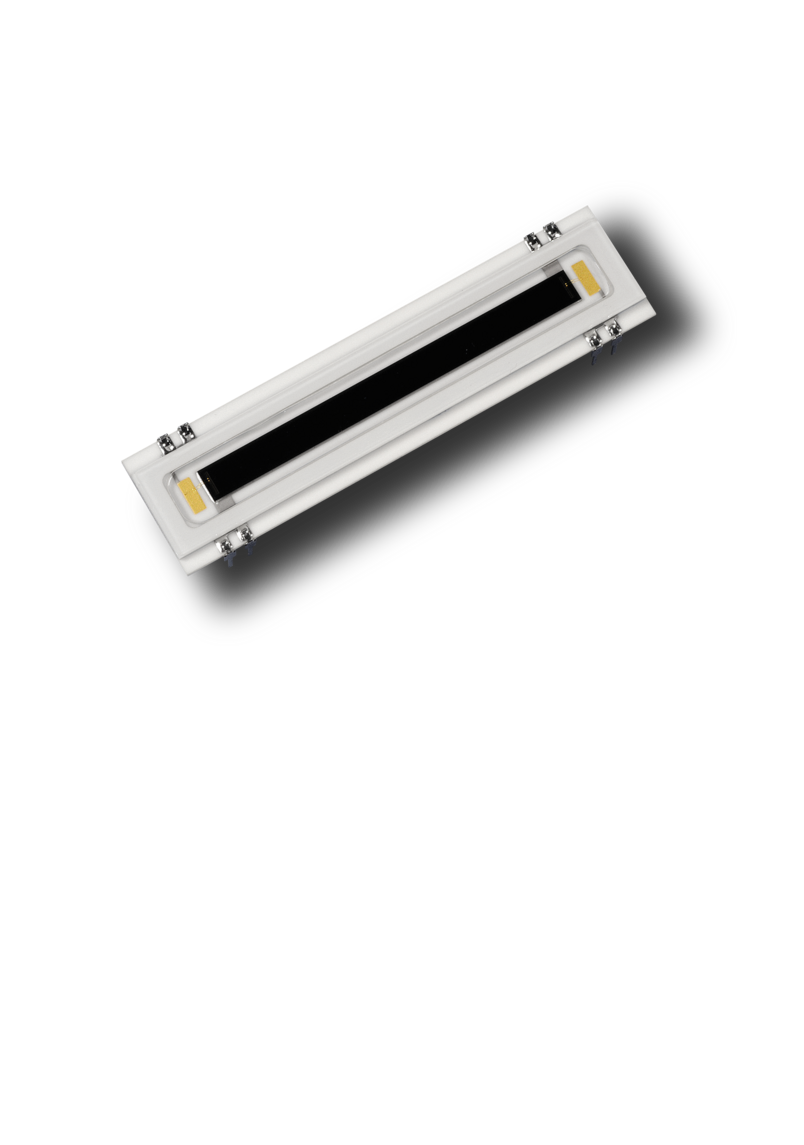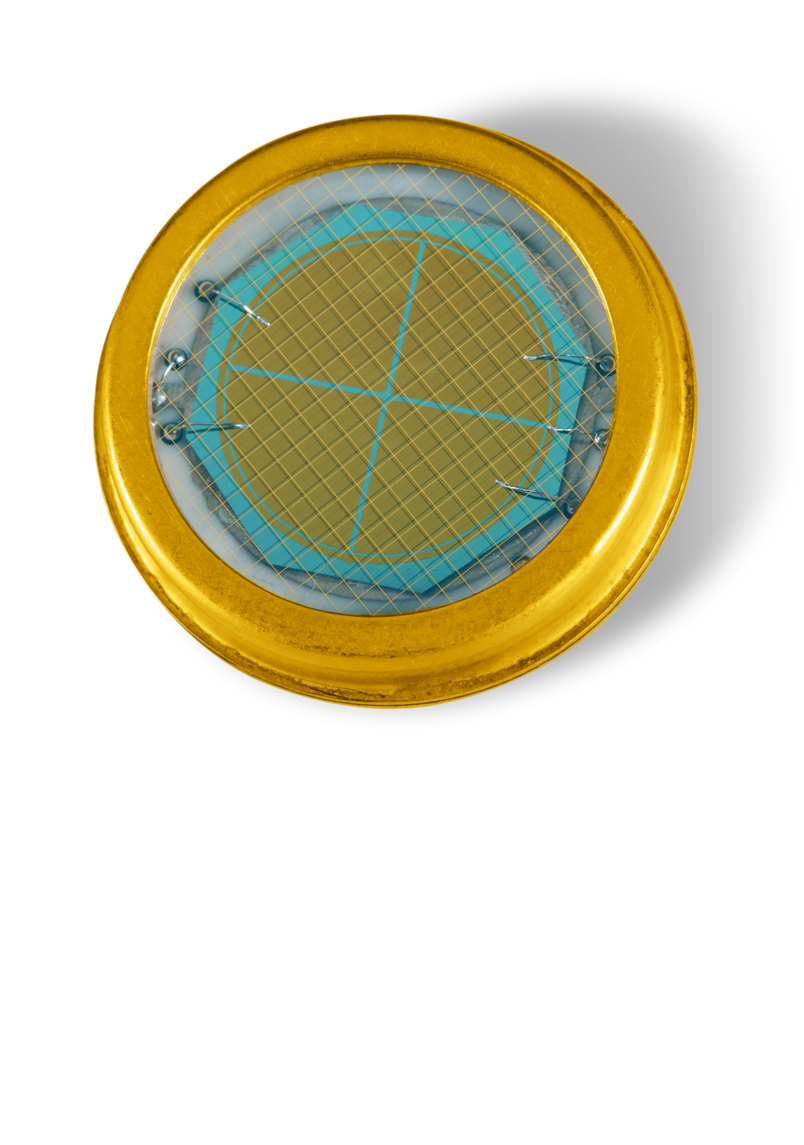Contents

Source: Laser Components
Understanding Position-Sensitive Detectors in Photonics
Introduction
Position-sensitive detectors are vital components in photonics that allow for the precise measurement of the position of a light spot in one or two dimensions. These detectors are commonly used in applications such as beam alignment, laser spot tracking, distance measurement through triangulation, and laser beam stabilization.
Segmented Photodetectors
One common type of position-sensitive detector is based on segmented photodetectors. These detectors consist of multiple segments or pixels that can measure optical intensities at different spatial positions. By analyzing the data from these segments, the position of the light spot can be accurately determined.
Dual-segment and Quadrant Photodiodes
Dual-segment photodiodes have two segments with a narrow gap between them, while quadrant photodiodes have four segments. These detectors can monitor positions in one or two dimensions, respectively. They are often used for beam alignment and centering applications.
Photodiode Arrays
Photodiode arrays contain a larger number of photodiode segments arranged in a linear or two-dimensional grid. By analyzing the data from multiple segments, these arrays can achieve high-resolution position sensing. Algorithms can be applied to calculate the centroid of the light spot based on the intensity distribution.
CCD and CMOS Sensors
CCD and CMOS sensors offer a large number of pixels for position sensing. These sensors, coupled with advanced algorithms, can provide high-resolution and accurate position sensing by minimizing sensitivity to background light. However, the cost of these sensors is higher compared to analog detectors.
Lateral Effect Photodiodes
Lateral effect photodiodes offer a different approach to position sensing. These detectors utilize the distribution of photocurrents to determine the beam position accurately. They can operate in one or two dimensions and provide precision sensing without requiring complex drive electronics.
Position-Sensitive Photomultipliers
Position-sensitive photomultipliers function similarly to segmented photodiodes or lateral effect photodiodes, providing spatial information for position sensing. These devices are essential in applications requiring high sensitivity and accuracy in position detection.
Conclusion
Position-sensitive detectors play a crucial role in various photonics applications, enabling accurate measurement and control of light spot positions. Understanding the principles and types of these detectors is essential for optimizing their performance in different applications.

Source: Laser Components
Feel free to comment your thoughts.



